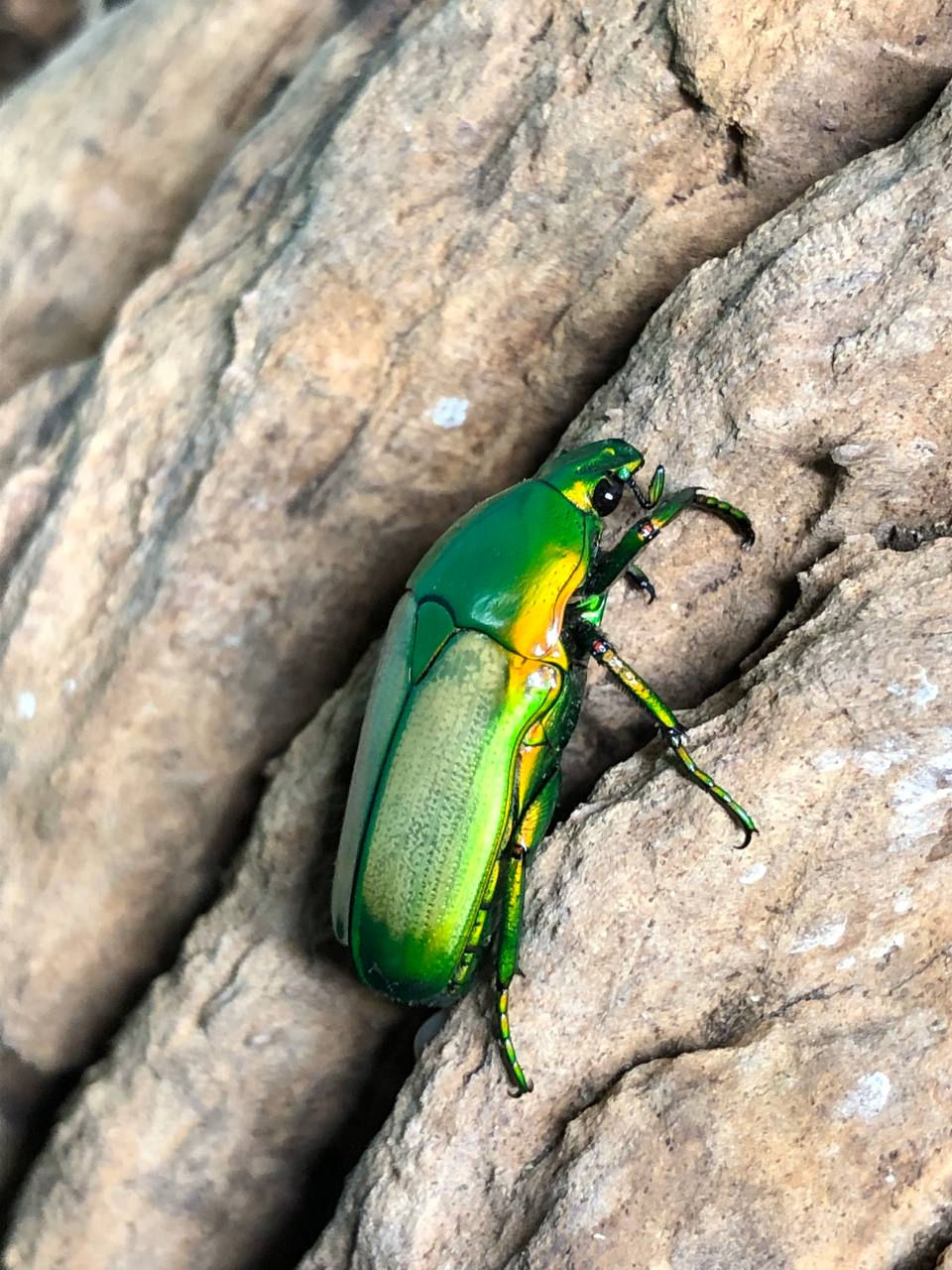Peruvian Fern Stick insect - Oreophoetes peruana - Butterfly Plants
This is a marketplace item
For queries on this item, or with any Butterfly Plants order or item, please use the email address on the seller's vendor profile: Butterfly Plants
This incredible stick insect from the mountains of Peru feeds only on ferns, which are famously toxic and hard to digest, even for insects! All ages of the Peruvian fern stick insect are brightly colored, when young they are brilliant yellow and black with white stripes. As they they mature the male turns a beautiful tomato red, the females can be a bit more variable, they keep the same patterning from when they were smaller and either stay yellow or turn a shade of muted red. To defend itself this stick insect releases a milky white liquid from its knee joints which is bad smelling and can cause slight irritation to eyes if it gets in contact with them. Unusually this liquid also contains a chemical called "Quinoline," which is normally only found in coal tar and oil, making this stick insect the only know organism to naturally produce it. Care requirements: Temperature: 16-24 degrees (this species struggles in temperatures over 26 degrees) Humidity: 80%-100% This stick insect requires very high humidity. Food: They only feed on Ferns, try to avoid shop bought ones as they might have been sprayed with chemicals. Size: 6cm (body size) 10cm (including legs) Lifespan: 10-12 months Breeding: Although not parthenogenetic, once mated the females will lay hundreds of disk shaped eggs which tend to hatch in about 4 months, if kept warm and humid. I would recommend freezing some so you don't get overwhelmed. How I keep them: For up-to 4 pairs I use a bio-actively set up 30cm x 30cm x 45cm tall glass enclosure, with moss covering the floor to aid in raising the humidity. I cover most of the roof ventilation to provide higher humidity and mist them once a day.

























